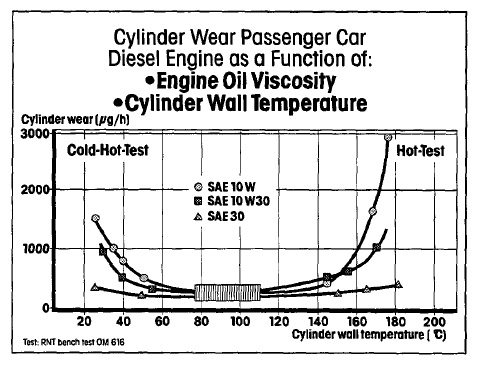Sure it does when was the last time you say a 10W40 or 5W40 with an additive package like a 5W20 or 0W20 have... I am talking regular off the shelf oil in North America not Redline or some other mail order oil!!! If it is not on the shelf at Walmart it does not count!! SInce Walmart is the largest retaileringint he world it is fair to use them as the standard.... Now if you look at Havoline 5W20 and then look at Havoline 10W40 or 20W50 you will seee what I mean!!! Just look at how much moly almost everyone put'sint heir 5W20!!!!! You do not see 200+++PPM of moly in Havoline 10W40,5W40,or 20W50! So my statement makes perfect sense!!!Then you have the percentage of of GI,GII,GIII,IV,V etc..... I belive I mentioned 10W40 not 5W30 G-Man so do tell me what brand of 5W20 has identical base stock amounts of each group in common between a companies 5W20 and 5W40 or 10W40 etc....I did not compare 5W20 to 5W30 G-Man for this very reason....
Any time you want a companies dino oil with the most additives it is almost a gurantee that their 5W20 will have the most additives of any of their dino oils!!!
Any time you want a companies dino oil with the most additives it is almost a gurantee that their 5W20 will have the most additives of any of their dino oils!!!







